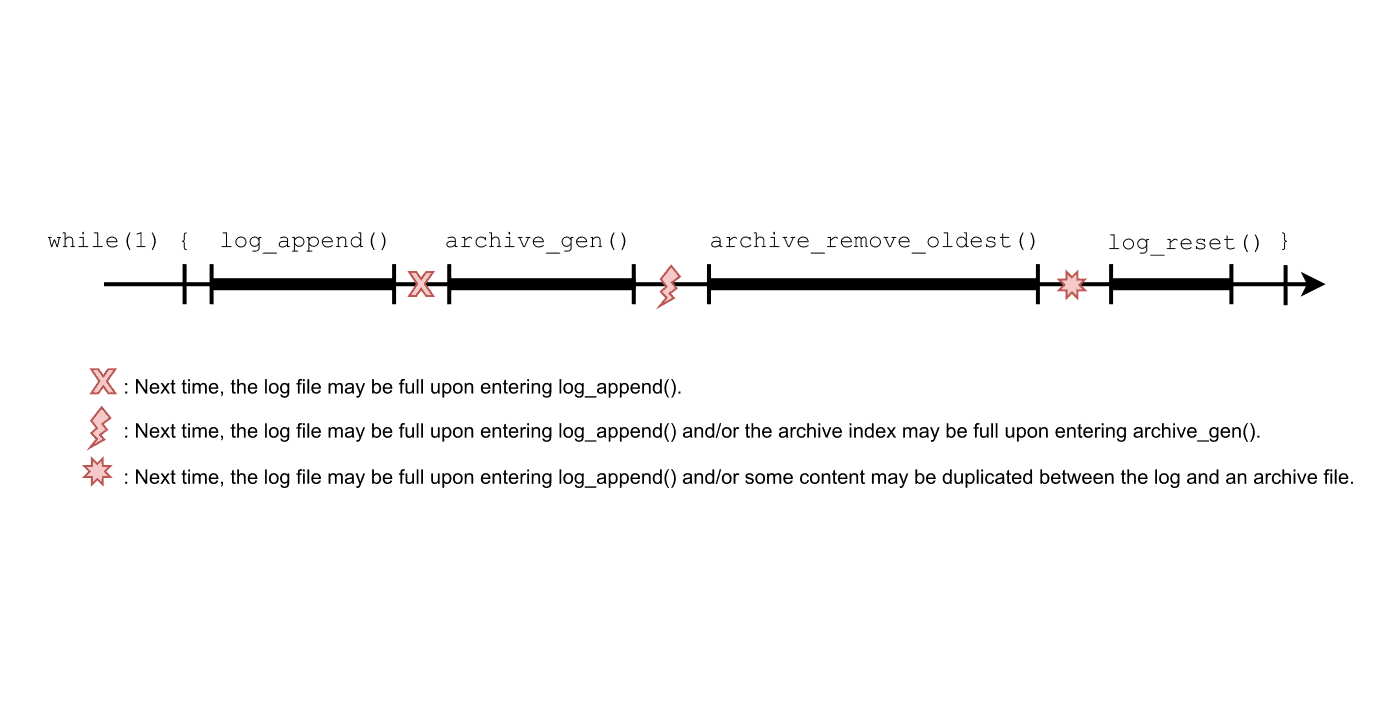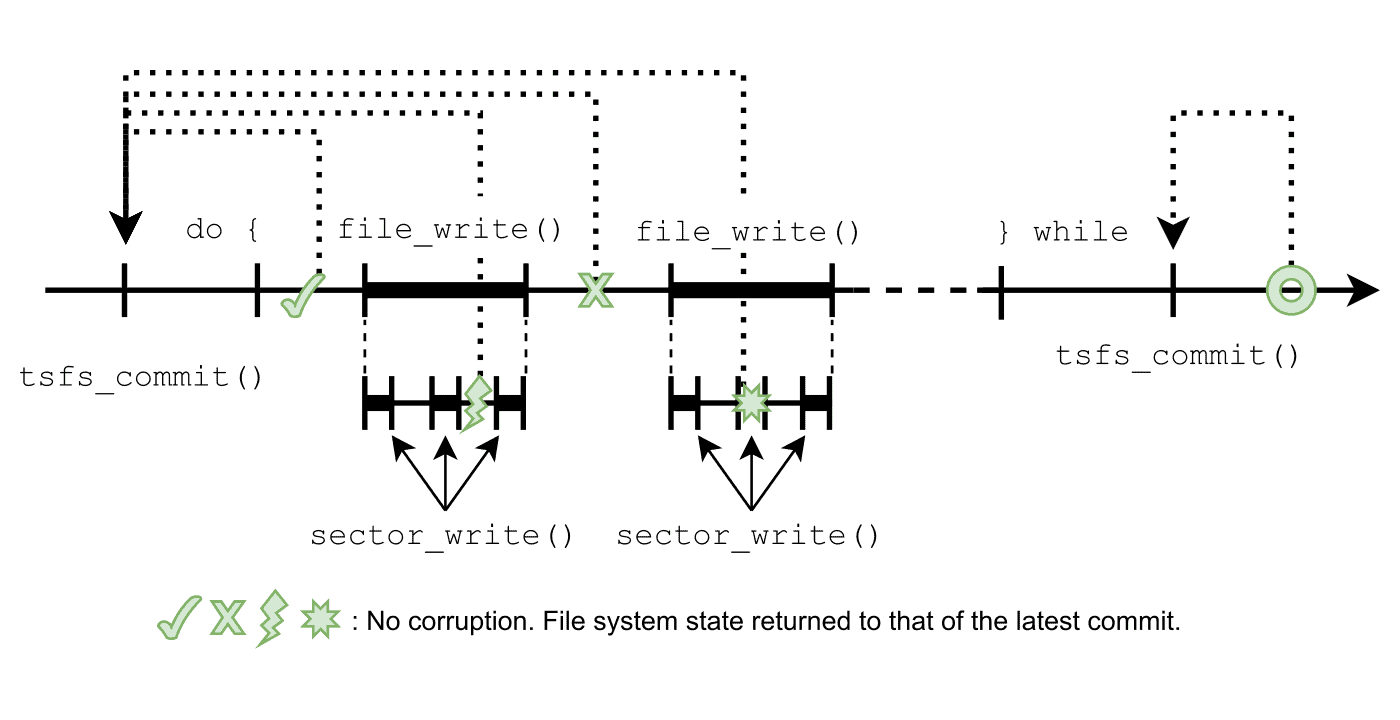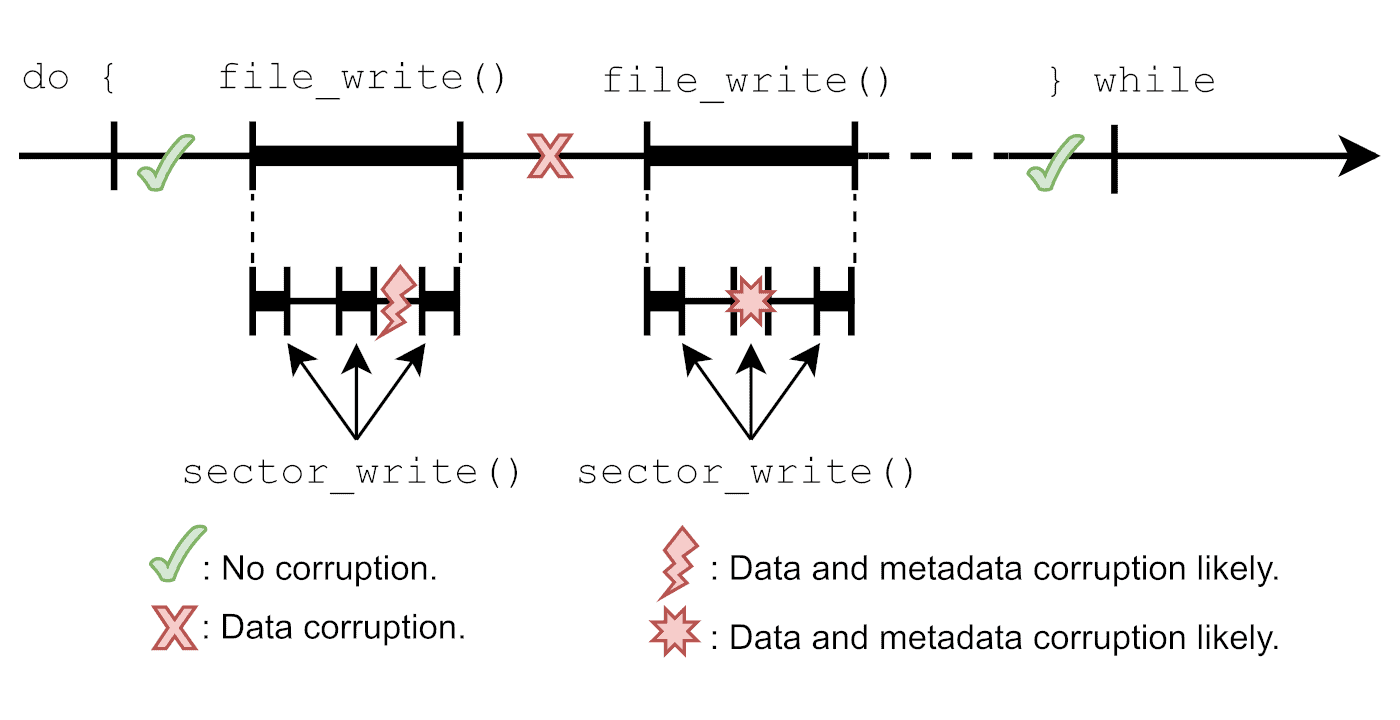
NOR vs NAND: So You Think You Know the Music?
In-depth comparison between NOR and NAND covering aspects of NOR and NAND flash technologies that, in our view, are too often ignored including the impact of the application requirements on the choice of Flash technology.




